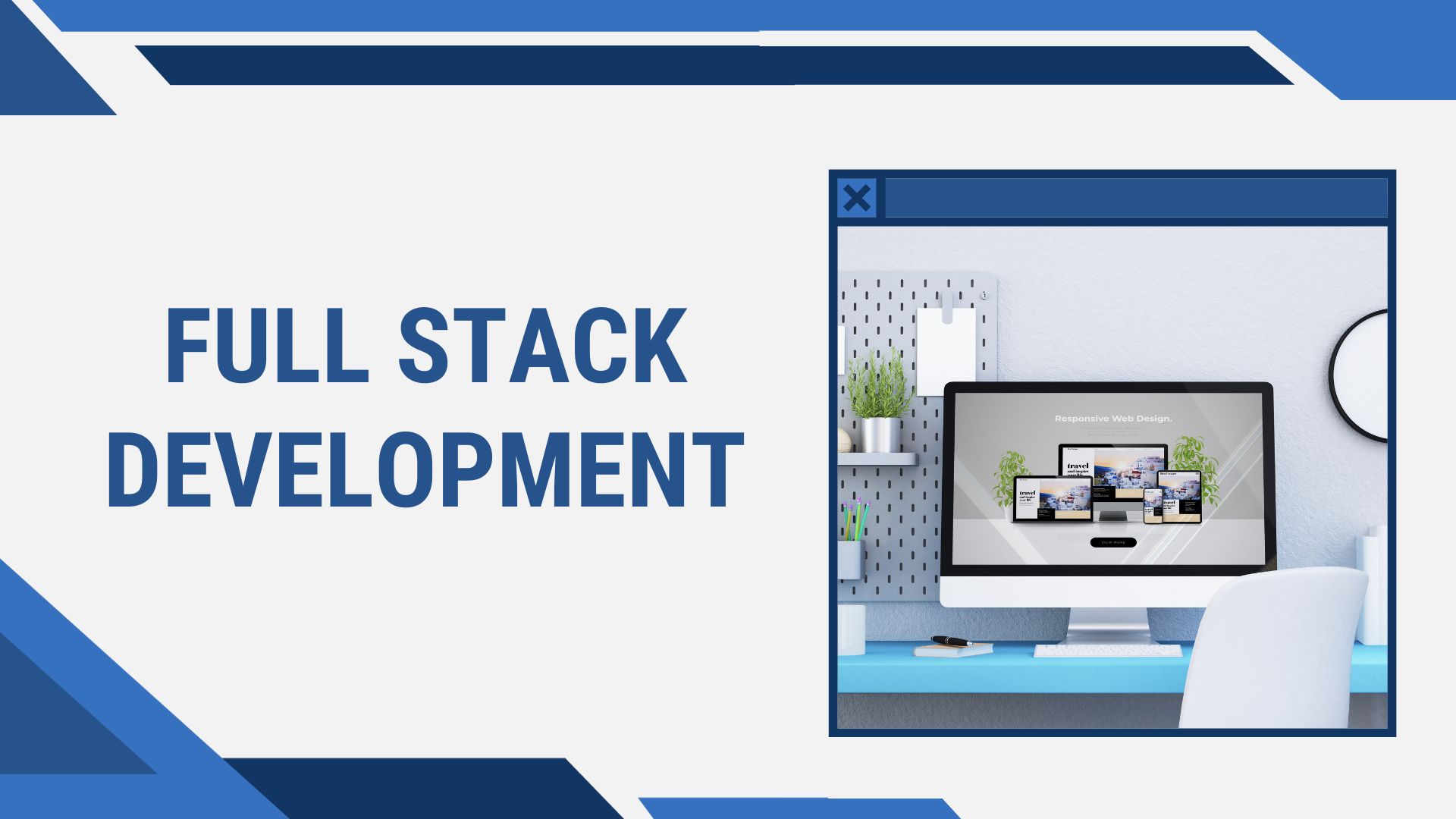Technology
Top Skills Required for a Career in Full Stack Development

With advancing technology, the demand for full-stack developers is surging. These professionals adeptly handle both the front-end and back-end development of websites or applications, from conceptualization to design, implementation, and deployment. Consequently, companies now seek full-stack developers more than ever before.
A full-stack developer is a versatile expert in web development, proficient in both front-end and back-end aspects. They possess the capability to independently create web applications, delivering exceptional user experiences and crafting efficient, scalable code. A full-stack developer is your go-to professional when you need a web application built from inception to completion.
What is Full Stack Development?
Full Stack Development refers to expertise in both front-end and back-end web development. A full-stack developer has a holistic understanding of the entire web development process. They can design user interfaces, work with databases, handle server-side logic, and ensure seamless functionality. This versatility enables them to take a project from concept to deployment. Full-stack developers are invaluable in creating holistic web applications and bridging the gap between user experience and server-side operations.
Full-stack development is a broad domain requiring a thorough understanding of front-end and back-end development. Therefore, pursuing a full stack development course offers several advantages for building a career in this field.
Let’s delve deeper into understanding full stack development and the skill required to build a career in this fast-growing IT industry.
What is Front End Development?
Front-end development, often referred to as client-side development, focuses on creating a website or application’s user interface and user experience. Front-end developers use technologies like HTML, CSS, and JavaScript to design and build visual elements that users can interact with directly in their web browsers. This includes layout, navigation, forms, and interactivity. Front-end development ensures that web content is visually appealing, responsive across devices, and functionally efficient. It is vital for delivering a seamless and engaging user experience, bridging the gap between design and functionality on the web.
What is Back End Development?
Back-end development refers to the server side of web applications and software. Back-end developers work on the logic, databases, and server infrastructure, enabling the front-end (user interface) to function effectively. They use server-side scripting languages, frameworks, and databases to manage data, process requests, and ensure an application’s overall functionality, security, and performance. Back-end development focuses on server communication, database management, and business logic, ensuring that data is stored, retrieved, and processed efficiently to deliver dynamic and interactive web experiences.
If you want to become an exceptional full-stack developer, this article is tailor-made. Bridging the gap between being good and becoming great lies in your continuous determination to enhance your skills. Embracing a diverse skill set sets you apart and boosts your cognitive and behavioral abilities. It broadens your perspective, bolsters your confidence, sharpens your analytical prowess for intricate challenges, cultivates your leadership and communication skills, and much more. The role of a full-stack developer offers abundant opportunities for upskilling, given its multifaceted responsibilities.
Top Skills required for a career in Full Stack Development
HTML and CSS: HTML or Hypertext Markup Language is the backbone of web content. It structures web pages by defining headings, paragraphs, links, and images. Cascading Style Sheets, popularly known as CSS, is used to style HTML elements, enhancing the visual presentation of web pages. It controls aspects like layout, colors, fonts, and responsiveness.
Git and GitHub: Git is a popular version control system that tracks code changes. It allows developers to collaborate, manage code history, and simultaneously work on different project branches. GitHub is a web-based platform that integrates Git and provides a collaborative environment for developers to host, share, and review code. It’s widely used for open-source projects and team collaboration.
Fundamentals of Designs: Design fundamentals encompass principles like layout, color theory, typography, and user experience (UX) design. Understanding these principles is essential for creating visually appealing and user-friendly interfaces.
JavaScript: It is a versatile programming language that adds interactivity and dynamic behavior to web applications. It enables tasks such as form validation, animation, and real-time updates without requiring a page reload.
Database Management Systems: Database Management Systems (DBMS) involve the organization, storage, retrieval, and management of data. Knowledge of DBMS is crucial for handling data effectively in web applications.
BackEnd Development Language: A Back-End Development Language is a programming language that creates server-side logic and handles server-side operations. Examples include Python, Ruby, Java, and PHP. These languages manage databases, business logic, and server communication.
Web Architecture: Web Architecture encompasses the structural components and design of a web application, including how data flows between the front end and back end, how servers are set up, and how scalability and performance are ensured.
BackEnd Development Languages: Back-end languages, as mentioned earlier, are responsible for server-side development. These languages create APIs, manage databases, and handle user authentication. Popular back-end languages include Node.js, Ruby on Rails, Django (Python), and Express (JavaScript).
Proficiency in HTML and CSS is crucial for creating the structure and style of web pages. Git and GitHub facilitate collaborative coding and version control. Understanding design fundamentals enhances the visual appeal and user experience of web applications. JavaScript adds interactivity and dynamic functionality to web pages. Database management is essential for effective data handling. Back-end development languages empower developers to build server-side logic, while knowledge of web architecture ensures efficient data flow. These skills collectively enable a full-stack developer to create and maintain complete web applications from front-end to back-end.
Full stack developer courses provide a well-rounded education, covering both front-end and back-end technologies, which is essential for becoming a versatile developer capable of handling entire web projects. Full-stack developers are in high demand as they can work on all aspects of web development. This versatility makes them valuable assets to organizations seeking to streamline development teams. So take the next step and apply for the program now!




















